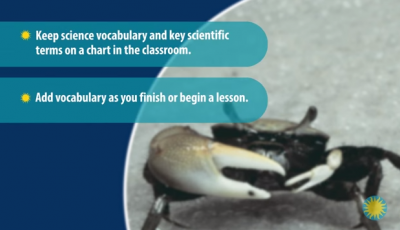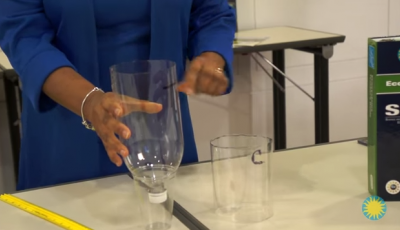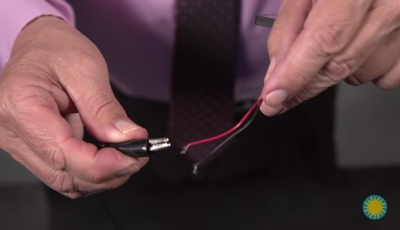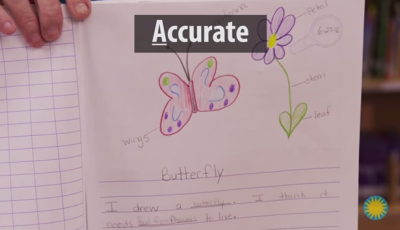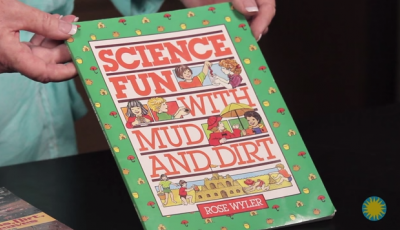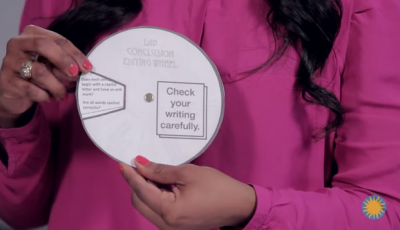Quick Tips for Teachers
"Quick Tips: Resources for Teachers” is a series of short videos providing down-to-earth advice and instructional tips to teachers of STC™, our signature science curriculum. Each “Quick Tip” offers practical suggestions by experienced teachers for handling materials or managing classrooms in science investigations.
Animal Studies
Development and Reproduction
Ecosystems
Electric Circuits
Experimenting with Forces of Motion
Experimenting with Mixture, Compounds, and Elements
-
 Video
VideoExperimenting with Mixtures, Compounds, and Elements– Separating Solutes (Preparation for Lesson)
-
 Video
VideoExperimenting with Mixtures, Compounds, and Elements– Organization!
-
 Video
VideoExperimenting with Mixtures, Compounds, and Elements– Drying Chromotography Paper
-
 Video
VideoExperimenting with Mixtures, Compounts, and Elements– Marking Chromotography Paper
Exploring Planetary Systems
-
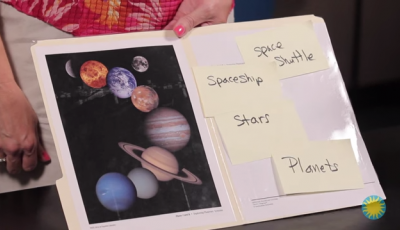 Video
VideoExploring Planetary Systems–Thinking about our Solar System
-
 Video
VideoExploring Planetary Systems– The Solar System:Design
-
 Video
VideoExploring Planetary Systems– Other Surface Features : Materials and Safety
-
 Video
VideoExploring Planetary Systems– Other Surface Features: Don't Hurry the Slurry
-
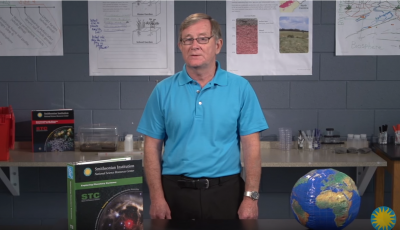 Video
VideoExploring Planetary Systems– Solar System Explorations
Exploring Plate Tectonics
Exploring Properties of Matter
Floating and Sinking
-
 Video
VideoFloating and Sinking– How is Salt Water Different from Fresh Water?
-
 Video
VideoFloating and Sinking– Investigating Boat Designs
-
 Video
VideoFloating and Sinking– Making a Sinker Float
-
 Video
VideoFloating and Sinking– Weighing Floaters and Sinkers
-
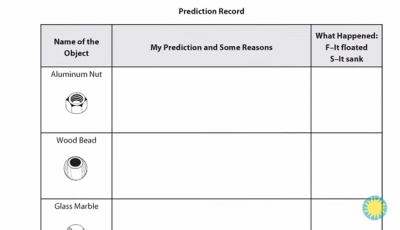 Video
VideoFloating and Sinking– Which Things Float? Which Things Sink?
-
 Video
VideoFloating and Sinking– What Do We Know About Floating and Sinking?
Investigating Biodiversity and Interdependence
Investigating Circuit Design
Land and Water
-
 Video
VideoLand and Water– Literacy Extension
-
 Video
VideoLand and Water– Literacy Integration (Using Alphabet Box with Science Vocabulary)
-
 Video
VideoLand and Water– Literacy Integration (Sharing Predictions)
-
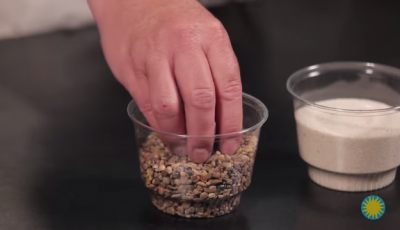 Video
VideoLand and Water– Lesson 2 The Water Cycle: Modeling Land and Water
-
 Video
VideoLand and Water– Lesson 2/3 The Water Cycle: Modeling Land and Water
Life Cycle of Butterflies
-
 Video
VideoLife Cycle of Butterflies– Literacy Integration: Nonfiction 1 - Multiple Intelligence Retell
-
 Video
VideoLife Cycle of Butterflies– Literacy Integration: Nonfiction 2 - Multiple Intelligence Retell
-
 Video
VideoLife Cycle of Butterflies– Literacy Integration: Fiction
-
 Video
VideoLife Cycle of Butterflies– Lesson 1: Getting Ready for Caterpillars
-
 Video
VideoLife Cycle of Butterflies– Lesson 2: Caring for Caterpillars
-
 Video
VideoLife Cycle of Butterflies– Lesson 3: Learning More About Caterpillars
-
 Video
VideoLife Cycle of Butterflies– Lesson 8: Observing the Crysalis
-
 Video
VideoLife Cycles of Butterflies– Lesson 8: Observing the Crysalis - Moving the Crysalis Properly
-
 Video
VideoLife Cycle of Butterflies– Lesson 14: Discovering that Butterflies are Insects
Microworlds
Motion and Design
Plant Growth and Development
Rocks and Minerals
-
 Video
VideoRocks and Minerals– Organizing Minerals
-
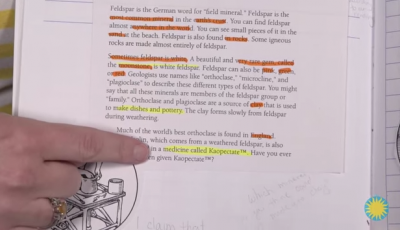 Video
VideoRocks and Minerals– Incorporating Literacy
-
 Video
VideoRocks and Minerals– Creating Take Home Field Guides
-
 Video
VideoRocks and Minerals– Lesson 2: Observing Rocks- How are They the Same and Different?
-
 Video
VideoRocks and Minerals– Lesson 3: Learning More about Rocks
-
 Video
VideoRocks and Minerals– Lesson 8: Shining a Light on the Minerals
Soils
Sound
-
 Video
VideoSound– Notebooking
-
 Video
VideoSound — Lessons 1-4: Materials
-
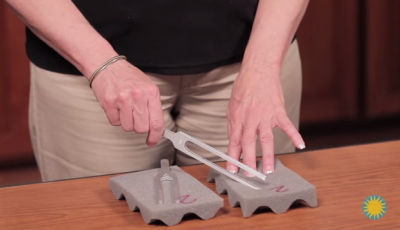 Video
VideoSound– Lesson 1: Thinking about Sound
-
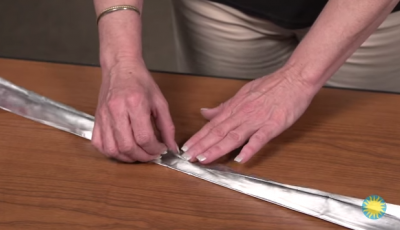 Video
VideoSound– Lesson 2: How Sound Travels
-
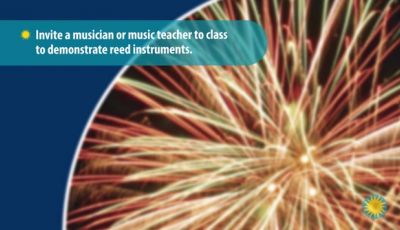 Video
VideoSound– Lesson 6: Vibrations We Can't See
-
 Video
VideoSound– Lesson 8: Making a Model Eardrum
-
 Video
VideoSound– Lesson 9: Making Sounds with Strings
-
 Video
VideoSound– Lesson 10: Changing the Pitch by Changing the Tension
Student Notebooking
Teaching ELL Students
Understanding Weather and Climate
-
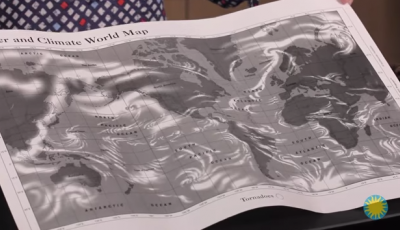 Video
VideoUnderstanding Weather and Climate– Lesson 1: Our Ideas About Weather and Climate– Using Weather Maps
-
 Video
VideoUnderstanding Weather and Climate– Lesson 1: Our Ideas About Weather and Climate– Save Weather Maps
-
 Video
VideoUnderstanding Weather and Climate– Lesson 4: Heat Transfer and the Movement of Air
-
 Video
VideoUnderstanding Weather and Climate– Lesson 5: Investigating the Effects of Colliding Air Masses
-
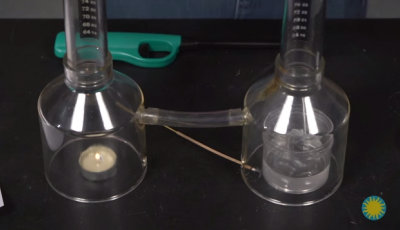 Video
VideoUnderstanding Weather and Climate– Lesson 5: Convection Current in the Air
-
 Video
VideoUnderstanding Weather and Climate– Lesson 6: Temperature, Pressure, and Cloud Formation
-
 Video
VideoUnderstanding Weather and Climate– Lesson 7: Hurricanes- Destructive Storms
-
 Video
VideoUnderstanding Weather and Climate– Lesson 9: Ocean Currents- Creating a "Cheat Sheet"
-
 Video
VideoUnderstanding Weather and Climate– Lesson 9: Ocean Currents- Using Thermometer Strips
-
 Video
VideoUnderstanding Weather and Climate–Lesson 9: Ocean Currents-Using the Demo Box
-
 Video
VideoUnderstanding Weather and Climate– Lesson 9: Ocean Currents- Inquiry 9.2 Prep Work
